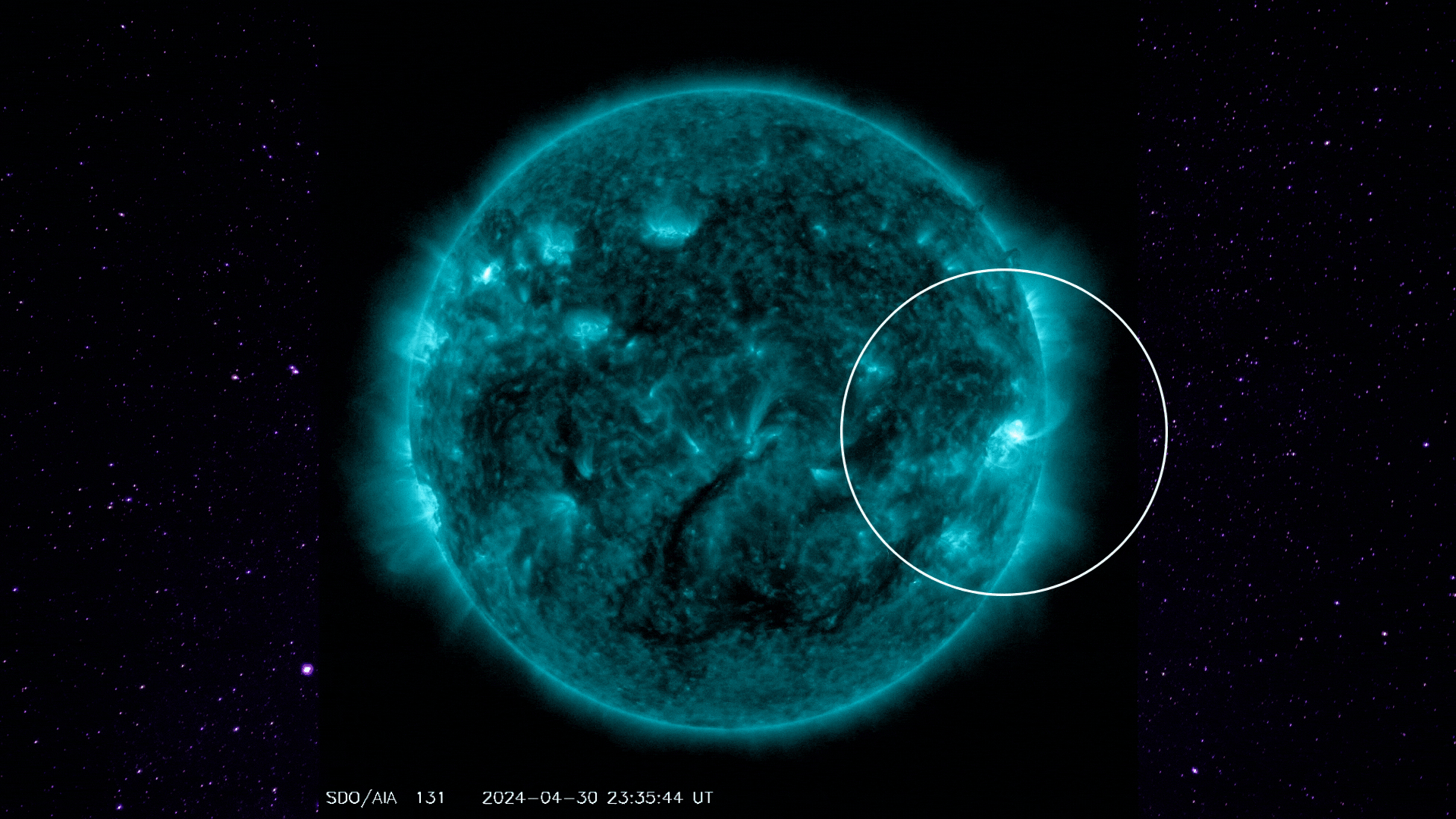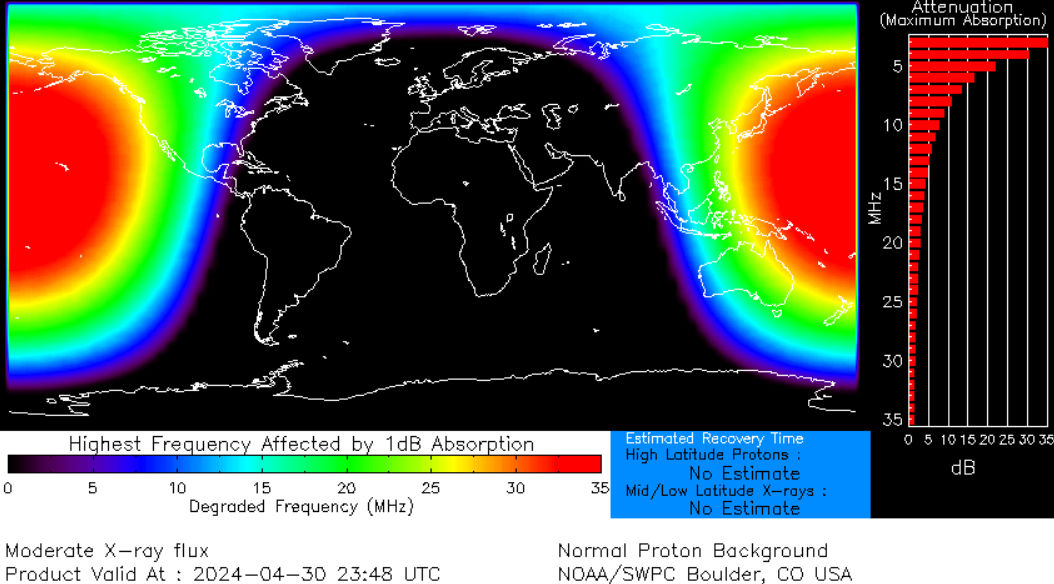On May 1, an extremely powerful solar flare occurred on the Sun, which led to a large-scale radio blackout throughout the Pacific region. The flare peaked at 7:46 p.m. EDT (2346 GMT) and lasted 12 minutes.

Flares on the Sun are a manifestation of magnetic energy that accumulates in its atmosphere and is then released in the form of intense bursts of electromagnetic radiation. They are divided by size into categories, the most powerful of which is X-class, followed by M-class, C-class, B-class and A-class. According to Spaceweatherlive.com, the flare on April 1 had a power of M9.53, which is slightly less than the X-class. The strength of the flare was measured by NASA’s GOES-16 satellite.
Despite high sunspot numbers for the last couple of weeks, tonight’s near X-class #SolarFlare is the first decent-sized flare in some time! When and where will the next X-class event come from? #spaceweather pic.twitter.com/Thbrjy2XMy
— Dr. Ryan French (@RyanJFrench) May 1, 2024
Powerful flares are often accompanied by short-wave radio blackouts, similar to what happened over the Pacific Ocean, due to pulses of X-ray and ultraviolet radiation. When this radiation reaches the Earth, it ionizes the upper layers of the atmosphere, which can lead to interference with the passage of high-frequency radio signals, causing a deterioration in the quality of communication or even its disappearance for a while.
The flare on May 1 resulted in a loss of radio signal below the 20 MHz frequency within 30 minutes after the flare. The space event affected sailors and amateur radio operators throughout the Pacific region, who temporarily lost contact.

Solar activity usually increases during the approach to the solar maximum, which occurs during about an 11-year cycle, as evidenced by the frequency of sunspots. The flare close to the X-class, which originated from the area of the AR3654 sunspot, became the most powerful in the entire history of observations from this region.
Although solar flares can affect spacecraft and technology on Earth, fortunately their power is not enough to cause lasting harm to the planet. However, flares cause temporary inconveniences for those who are heavily dependent on radio communications. Therefore, organizations such as NASA, NOAA and the US Air Force Weather Agency monitor solar activity and send out warnings about possible consequences on time. There is no reason to panic.
????Update Apr 30, 2024: Almost X flare!
— Dr. C. Alex Young (@TheSunToday) May 1, 2024
????????????It is always exciting when a sunspot region lives up to its potential. AR3654 has just done that. At 23:23 UTC on Apr 30, the region released a flare that almost made it to X with an M9.5.
????MORE at EarthSky: https://t.co/xD29wLfm4e pic.twitter.com/efGC1G2Rn8
Earlier, we reported on how extreme solar storms could disable traffic on the railway.
According to space.com
Follow us on Twitter to get the most interesting space news in time
https://twitter.com/ust_magazine


